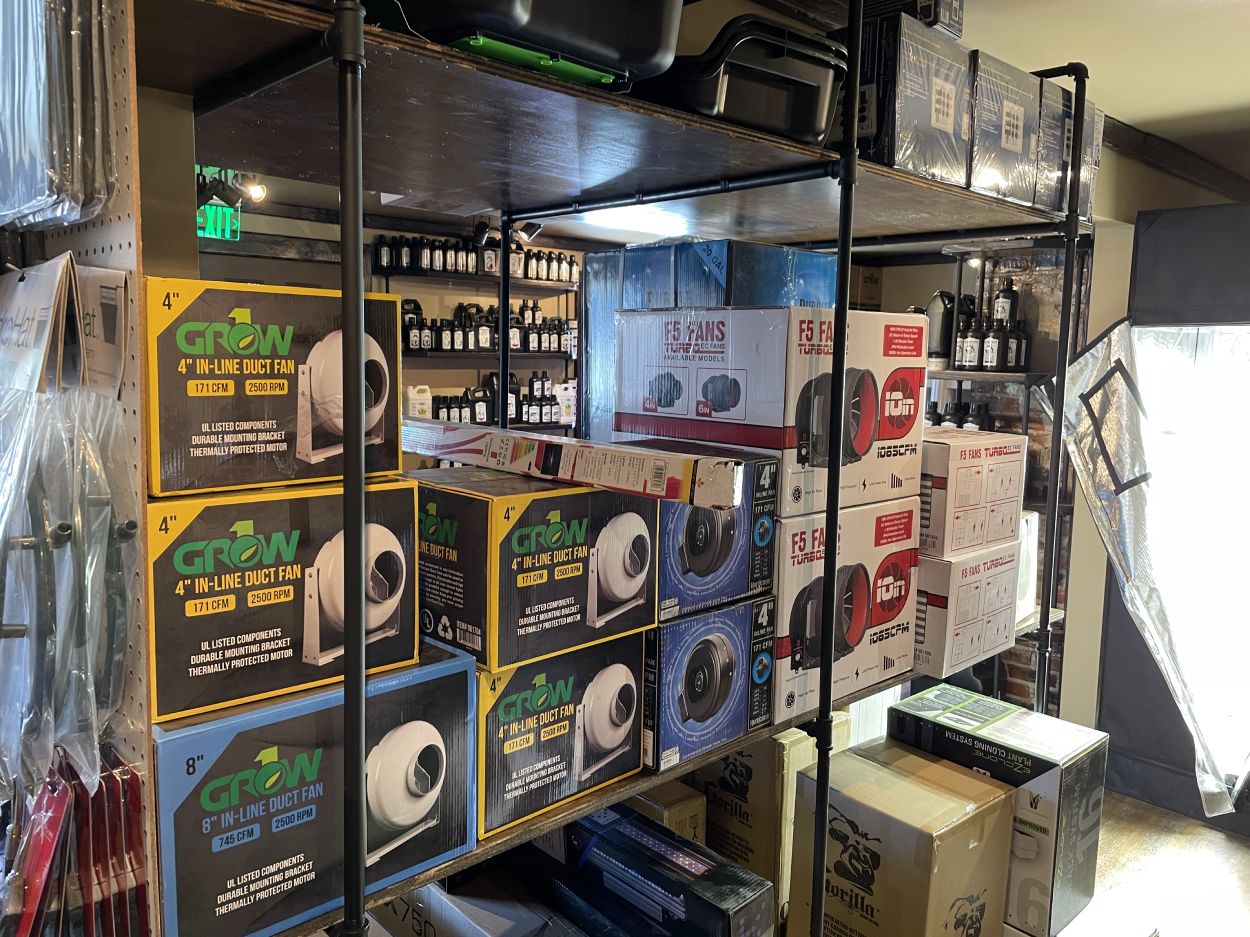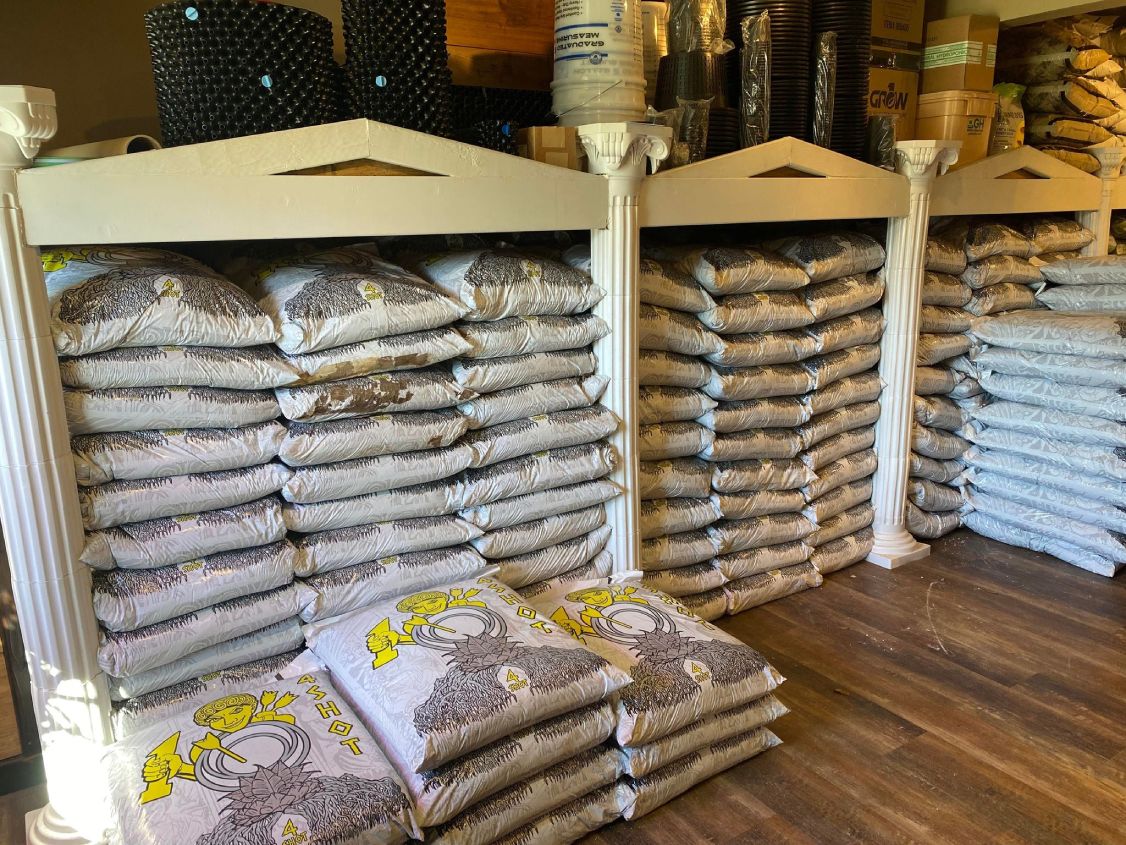Discover the Ultimate Planting Method: The Indoor Earthworm Approach
Discover the Ultimate Planting Method: The Indoor Earthworm Approach
Blog Article
Unlocking the Prospective of Hydroponics: Comprehending Its Uses and Various Kinds
Hydroponics, an approach of cultivating plants without soil, has garnered increasing attention for its prospective to change farming and gardening practices. The precision control over nutrient delivery, water usage, and environmental elements supplies a peek into a future where food production can be enhanced in various setups. As we navigate with the elaborate landscape of hydroponic systems and methods, it becomes noticeable that each approach holds distinctive advantages and limitations. By untangling the diverse uses and sorts of hydroponics, we can reveal a globe of opportunities that might reshape just how we imagine sustainable farming and gardening methods.
Benefits of Hydroponic Solutions

An additional benefit of hydroponic systems is the capability to expand plants in a smaller sized area. By eliminating the need for soil, plants can be expanded vertically or in piled systems, taking full advantage of the usage of offered space. This is particularly advantageous in urban areas or areas with restricted arable land. Additionally, hydroponic systems decrease the threat of soil-borne conditions and parasites, as there is no soil to nurture these risks. This causes much healthier plants and lowers the need for dangerous pesticides, making hydroponic farming a much more lasting and eco-friendly choice.
Typical Makes Use Of in Agriculture

Offered the effective water conservation and space-saving advantages of hydroponic systems, it is apparent that these ingenious farming approaches have discovered typical usages in various sectors of agriculture. In conventional agriculture, soil-based farming can be land-consuming and labor-intensive. Hydroponics provides a remedy by enabling crops to be grown without soil, minimizing water use by up to 90% contrasted to conventional farming techniques. This makes hydroponics particularly ideal for regions dealing with water deficiency or restricted arable land. Moreover, the regulated atmosphere of hydroponic systems allows year-round growing, giving a regular supply of fresh produce despite external climate condition.
Hydroponics is frequently used for expanding a selection of plants, consisting of leafy environment-friendlies, tomatoes, cucumbers, natural herbs, strawberries, and peppers. Its adaptability includes upright farming, urban farming, and greenhouse production. In addition, hydroponic systems are used in study and educational settings to study plant nourishment, growth, and growing techniques. The versatility and performance of hydroponics make it a useful tool in modern-day agriculture, resolving the difficulties of sustainability, food protection, and source optimization.
Checking Out Different Hydroponic Strategies
What are the different cutting-edge techniques used in hydroponics to enhance plant farming effectiveness and yield? Hydroponic systems provide a variety of methods that deal with different plant types and growing goals. One popular technique is the Deep Water Culture (DWC) system, where plant roots are immersed in a nutrient option, offering sufficient oxygen and nutrients. Another extensively used approach is the Nutrient Movie Technique (NFT), which entails a superficial stream of nutrient solution flowing over the plant roots, advertising water and nutrient uptake. In addition, the Ups and downs system, additionally called the Flooding and Drain system, intermittently floods the plant origins with nutrient option, allowing for oxygenation throughout draining durations. Aeroponics is another sophisticated strategy that entails misting plant origins with a nutrient solution, making best use of oxygen absorption and nutrient uptake. Each of these Discover More Here techniques showcases the convenience and navigate to this site efficiency of hydroponic systems in improving crop development and yield.
Comparing Different Hydroponic Solutions
Discovering the efficiency and yield enhancement techniques in hydroponics leads us to compare different hydroponic systems readily available for crop cultivation. Each hydroponic system has its special attributes, benefits, and constraints, making it critical for farmers to choose one of the most appropriate system based upon their details demands and restrictions.
One of the most usual hydroponic systems is the nutrient movie method (NFT), where a thin film of nutrient remedy continuously streams over the plant origins. In comparison, the deep water culture (DWC) system immerses plant roots straight into the nutrient solution, offering ample oxygen and nutrients.
One more preferred hydroponic system is the ups and downs (or flooding and drain) system, which occasionally floods the plant origins with nutrient option before draining it. This cyclic procedure guarantees correct oygenation for the roots while providing nutrients efficiently. Additionally, the aeroponic system suspends plant origins in the air and hazes them with a nutrient remedy, advertising quick growth and high oxygenation levels. Growers seeking a functional system that minimizes water usage frequently choose for aeroponics. By recognizing the distinctions in between these hydroponic systems, cultivators can make enlightened decisions to optimize plant return and high quality.
Developments in Hydroponic Technology
With improvements in hydroponic innovation, the agricultural sector is observing a shift towards more lasting and reliable farming techniques. Technologies in hydroponic innovation are changing the means plants are expanded by making the most of returns, preserving resources, and decreasing ecological influence. One crucial development is the advancement of wise hydroponic systems that make use of sensors and automation to check and adjust ecological conditions such as pH levels, nutrient concentrations, and light exposure in real-time. These systems allow accurate control over growing problems, causing ideal plant development and greater plant returns.
Another notable improvement is the integration of upright farming methods with hydroponic systems, enabling the growing of crops in stacked layers. This upright approach makes the most of room application, making visit homepage it excellent for metropolitan settings where land schedule is limited - The Indoor Earthworm. Furthermore, using sophisticated LED lights systems customized to certain plant needs has actually boosted power efficiency and improved development prices in hydroponic arrangements
Innovations like these are driving the development of hydroponics, making it a highly attractive and lasting option for modern agriculture.
Final Thought
Finally, hydroponics uses many benefits in agriculture and has different strategies and systems that can be utilized to maximize its potential. Innovations in hydroponic technology proceed to enhance efficiency and sustainability in food manufacturing. By comprehending the uses and various kinds of hydroponic systems, farmers and farmers can open the complete potential of this cutting-edge technique of growing plants without soil.
Furthermore, hydroponic systems permit for far better control over nutrient levels, pH balance, and environmental problems, leading to much healthier plants and higher returns.

Report this page